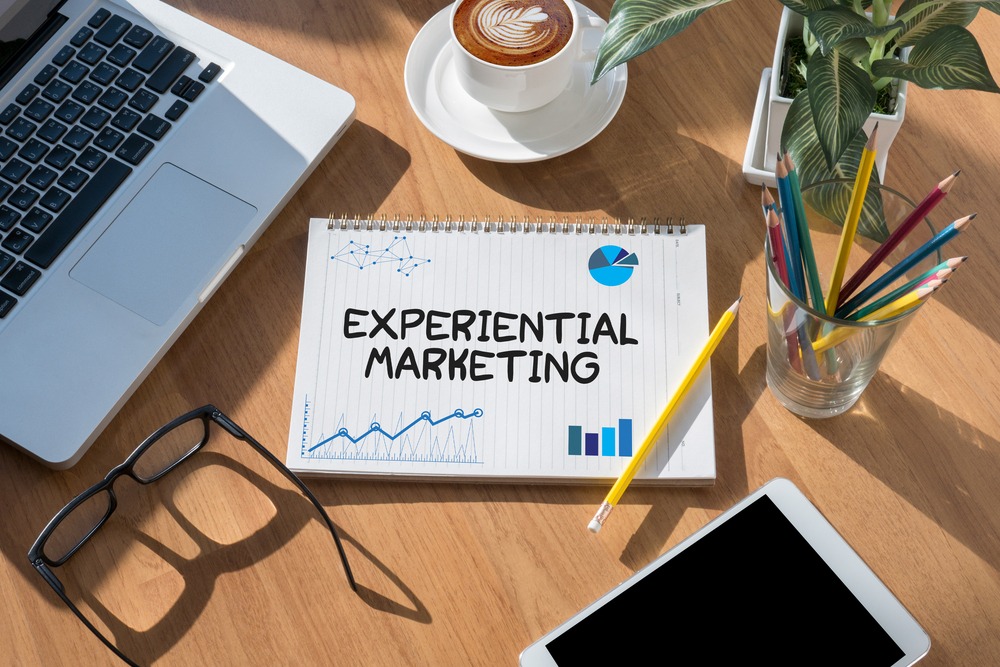In today’s rapidly evolving marketing landscape, businesses are continually searching for innovative ways to connect with their target audience. One such method that has gained significant traction in recent years is experiential marketing. This article delves into the world of experiential marketing, uncovering its benefits and how it can transform your marketing strategy.
In an age where consumers are inundated with advertisements, standing out from the crowd is a formidable challenge for businesses. Experiential marketing offers a unique solution by immersing consumers in memorable and interactive brand experiences. This article explores how this approach can redefine your marketing efforts and drive unparalleled results.
What is Experiential Marketing?
Experiential marketing, often referred to as engagement marketing, is a strategy that focuses on creating immersive and memorable experiences for consumers. Unlike traditional advertising methods, which involve one-way communication, experiential marketing invites consumers to actively participate and engage with a brand.
The Power of Immersive Experiences
One of the primary benefits of experiential marketing is its ability to create immersive experiences. When consumers engage with a brand on a personal level, they are more likely to form a strong and lasting connection. These connections can lead to increased brand loyalty and advocacy.
Building Emotional Connections
Emotions play a crucial role in consumer decision-making. Experiential marketing allows brands to tap into the emotions of their audience, creating moments that resonate deeply. By doing so, brands can establish a strong emotional connection, making consumers more likely to choose their products or services.
Enhancing Brand Awareness
Experiential marketing also excels in increasing brand awareness. Through unique and memorable experiences, brands can capture the attention of consumers and leave a lasting impression. This heightened awareness can lead to increased recognition and word-of-mouth referrals.
Fostering Customer Loyalty
Loyalty is the cornerstone of a successful business. Experiential marketing can help cultivate customer loyalty by providing consumers with exceptional experiences that they associate with your brand. Loyal customers are more likely to return and recommend your brand to others.
Creating Shareable Moments
In the age of social media, shareability is paramount. Experiential marketing events often create shareable moments that can go viral. When consumers share their positive experiences with your brand online, it can lead to a significant increase in visibility and engagement.
Measuring the Impact
Measuring the success of experiential marketing efforts is essential. Brands can track metrics such as engagement levels, social media mentions, and increased sales to gauge the impact of their experiential campaigns.
Successful Examples of Experiential Marketing
Numerous brands have leveraged experiential marketing successfully. Examples include Red Bull’s high-adrenaline stunts and Coca-Cola’s “Share a Coke” campaign. These campaigns showcase the diverse ways experiential marketing can be applied.
Integrating Experiential Marketing into Your Strategy
To incorporate experiential marketing into your strategy, consider your target audience, objectives, and available resources. Tailor your experiences to align with your brand identity and values.
Cost-Effective Approaches
Experiential marketing doesn’t always require a massive budget. Smaller businesses can still create impactful experiences through clever and cost-effective strategies, such as pop-up events and partnerships.
The Future of Experiential Marketing
As technology continues to advance, the possibilities for experiential marketing are limitless. Virtual and augmented reality experiences, along with interactive online events, are likely to shape the future of this marketing approach.
Common Misconceptions
Despite its advantages, there are common misconceptions about experiential marketing. It’s essential to address these misconceptions to fully embrace this strategy.
Challenges and Considerations
While experiential marketing can yield exceptional results, it’s not without its challenges. Managing logistics, ensuring a seamless experience, and measuring ROI can be complex tasks.
Conclusion
In conclusion, experiential marketing offers a powerful means of engaging with your target audience in a world saturated with advertisements. By creating immersive experiences, fostering emotional connections, and increasing brand awareness, businesses can reap the numerous benefits of this innovative approach.
FAQs
- 1. What industries benefit the most from experiential marketing?
Experiential marketing can benefit a wide range of industries, but it tends to be particularly effective in sectors where customer engagement and emotional connections are crucial. Industries such as hospitality, entertainment, fashion, food and beverage, and technology often see significant benefits from experiential marketing. However, with creativity and the right approach, virtually any industry can leverage experiential marketing to engage its target audience effectively.
- 2. Are there any risks associated with experiential marketing?
Yes, there are risks associated with experiential marketing. Some common risks include logistical challenges in planning and executing events, potential negative reactions from consumers if the experience doesn’t meet expectations, and the need for careful budget management. Additionally, measuring the ROI of experiential marketing efforts can be challenging. It’s essential to plan thoroughly, mitigate potential risks, and continuously assess the impact of your campaigns.
- 3. How can small businesses with limited budgets leverage experiential marketing?
Small businesses can leverage experiential marketing effectively by focusing on creativity and resourcefulness. They can consider hosting smaller-scale events or partnerships with other local businesses to share costs. Social media can also be a cost-effective platform to create and share experiential content. By tailoring experiences to their specific audience and brand, small businesses can make a significant impact without breaking the bank.
- 4. What role does technology play in the future of experiential marketing?
Technology plays a pivotal role in the future of experiential marketing. Virtual reality (VR), augmented reality (AR), and interactive online experiences are expected to become more prevalent. These technologies allow brands to create immersive and engaging virtual experiences, reaching a broader audience and offering unique ways to connect with customers. As technology continues to evolve, the possibilities for experiential marketing will only expand.
- 5. Can you provide more examples of successful experiential marketing campaigns?
Certainly! In addition to the examples mentioned in the article, here are a few more notable experiential marketing campaigns:
Nike’s “Unlimited Stadium”: Nike created a giant pop-up running track shaped like a shoe in the heart of Manila. Runners could race against a digital avatar of themselves, enhancing the brand’s message of pushing one’s limits.
Westfield’s “Destination 2028”: Westfield shopping centers used VR to provide shoppers with a virtual reality experience of what the future of retail might look like. It showcased innovative technology and products.
IKEA’s “Sleepover”: IKEA transformed one of its stores into a sleepover experience where customers could spend the night testing out various mattresses and bedroom setups. It was a clever way to promote their products and engage with customers in a unique way.




